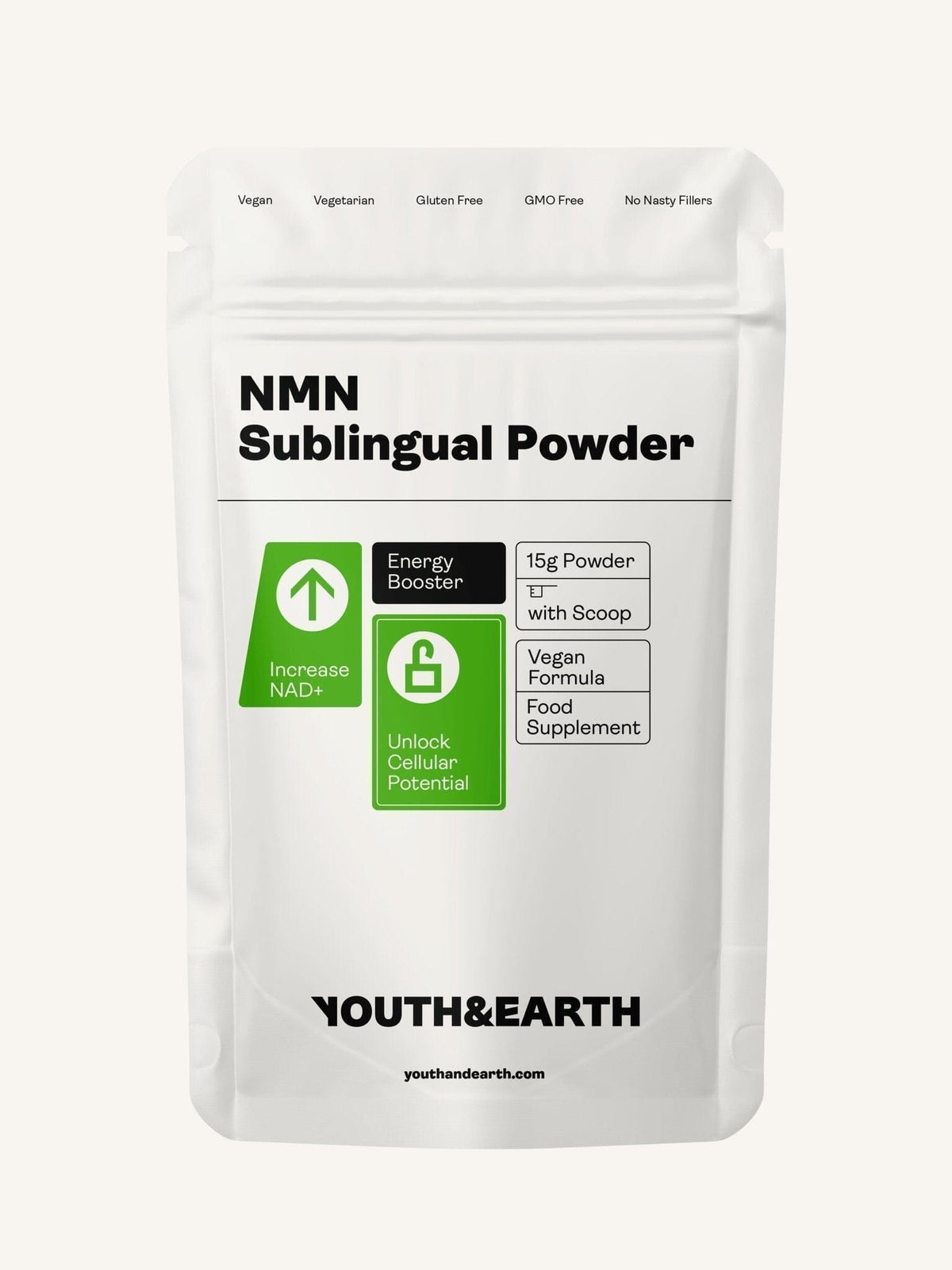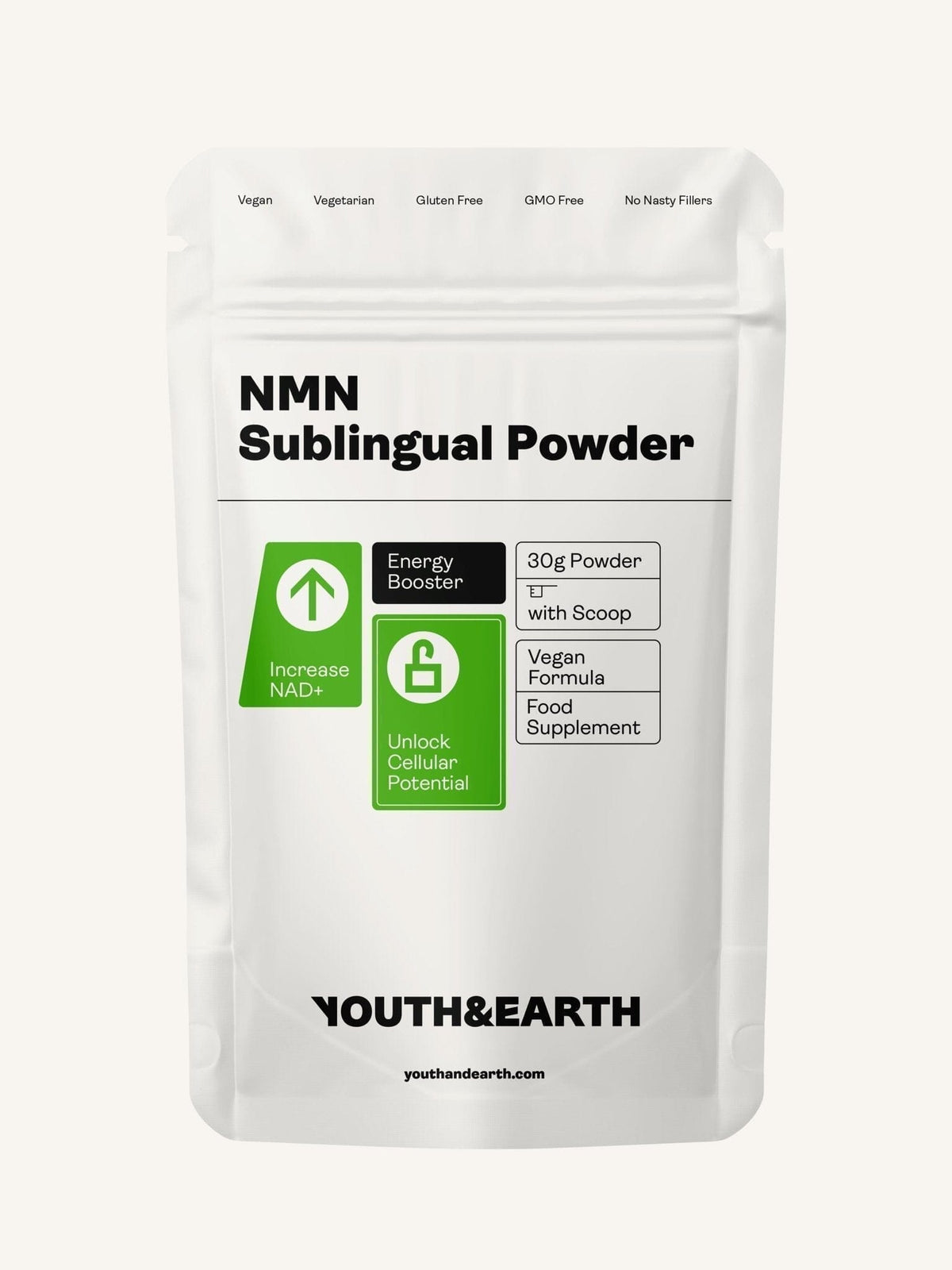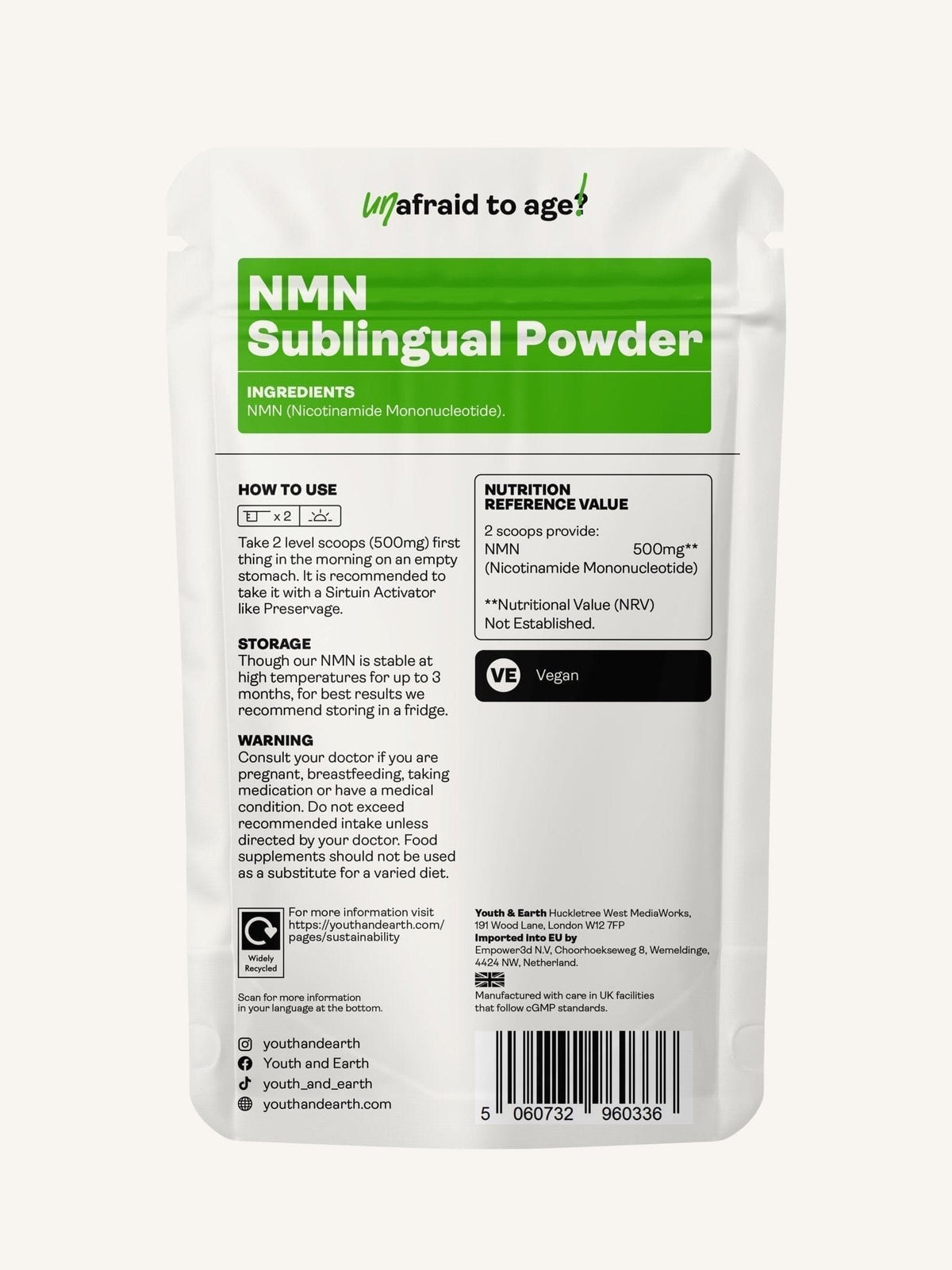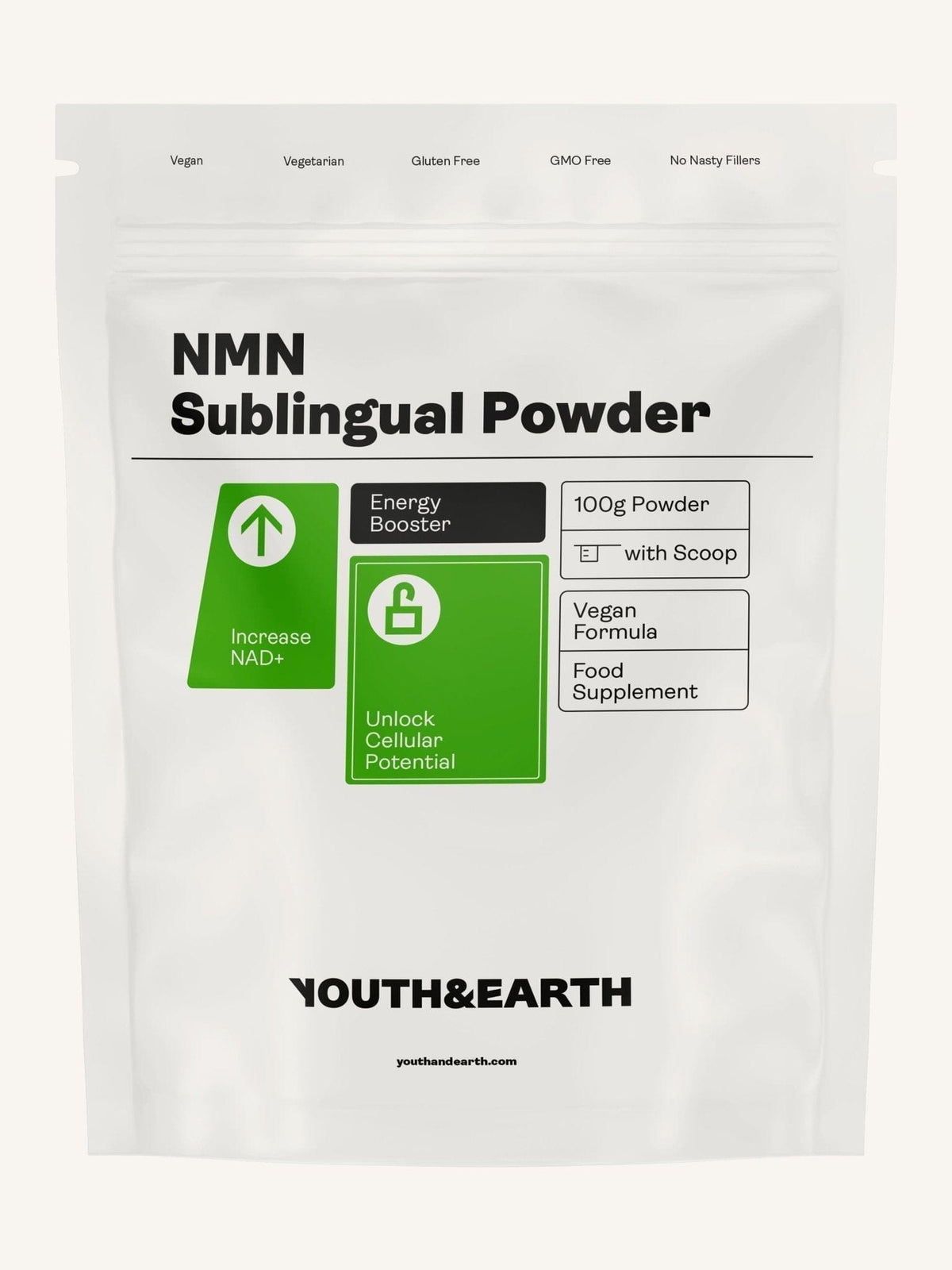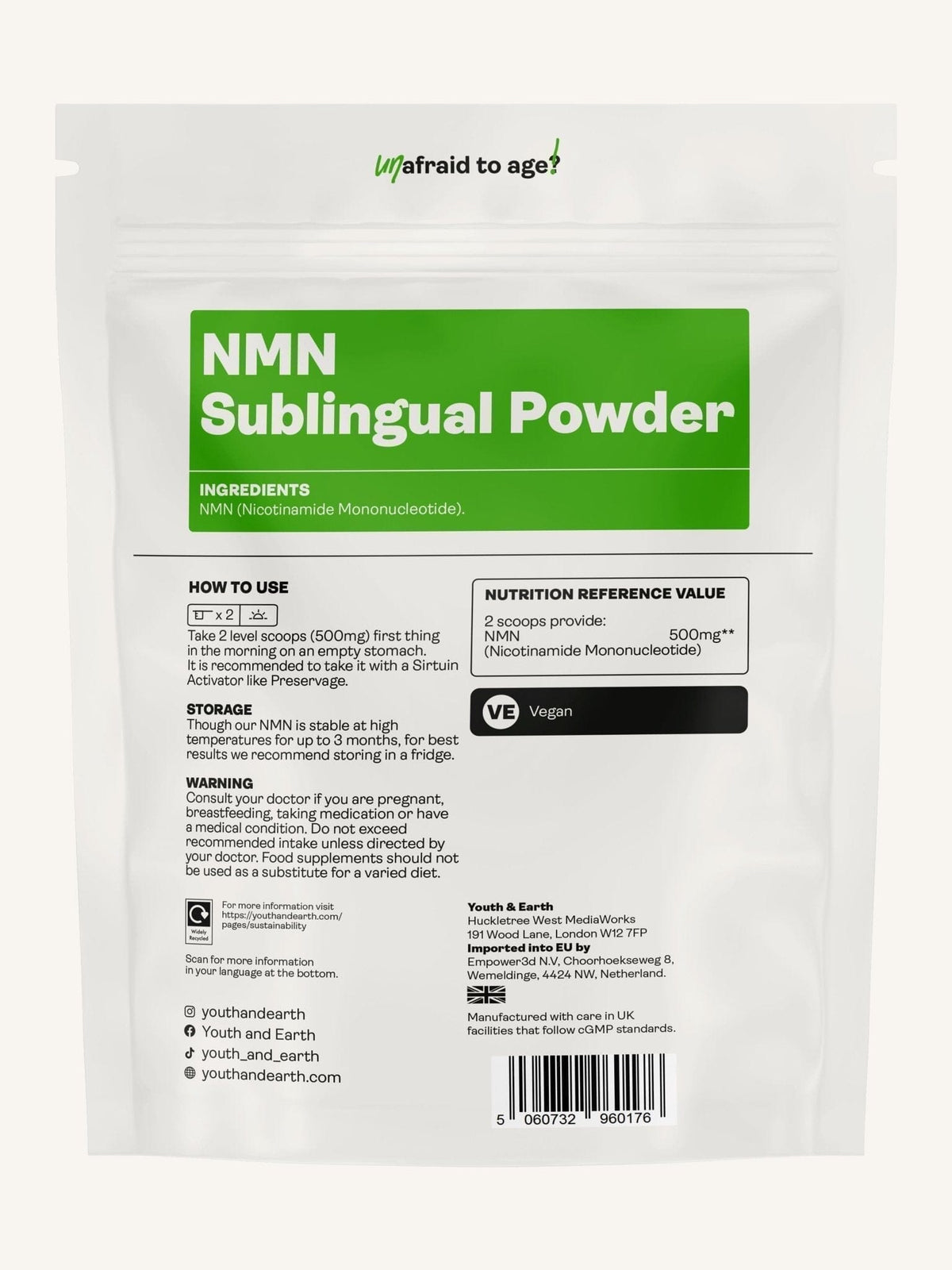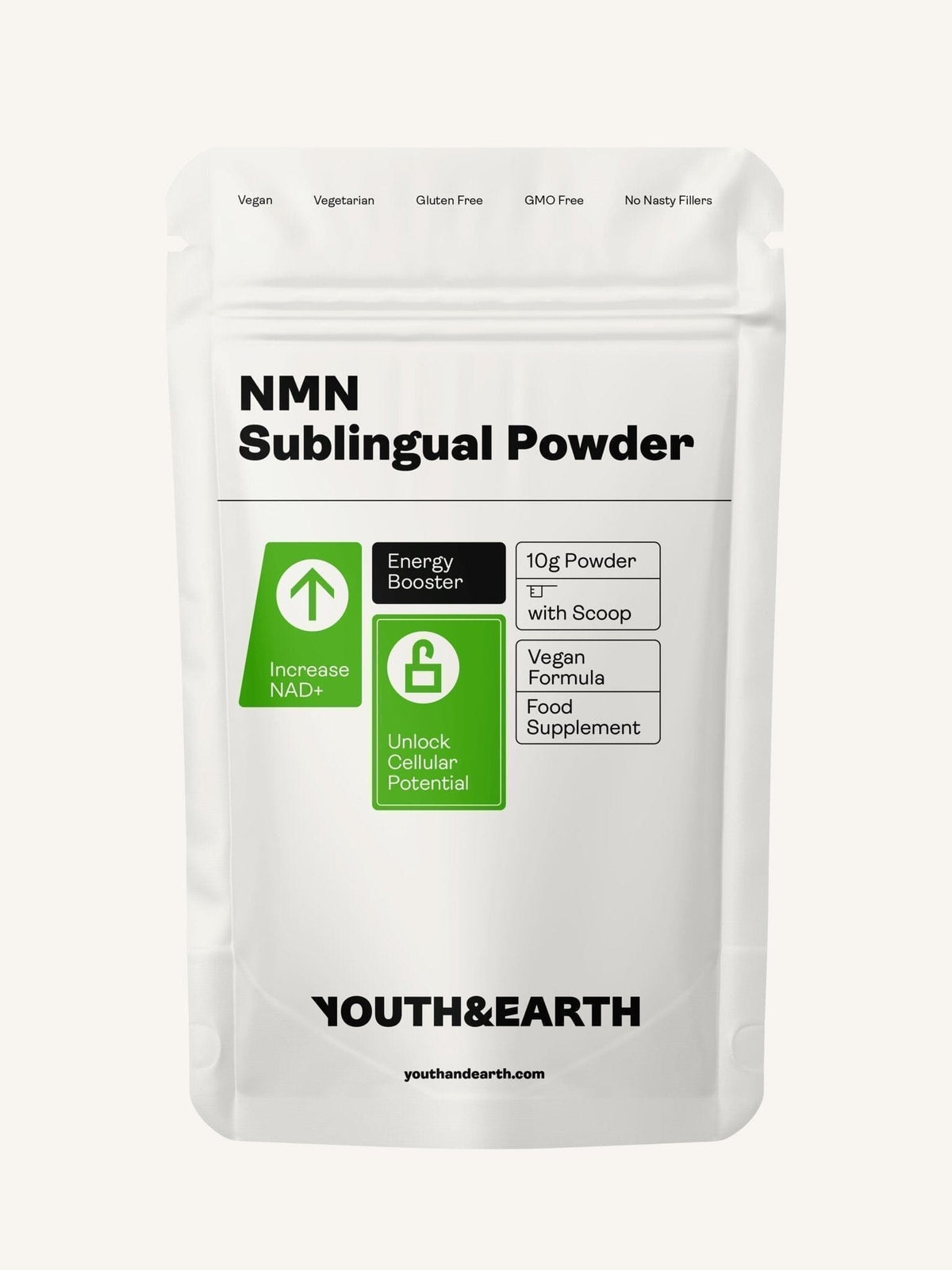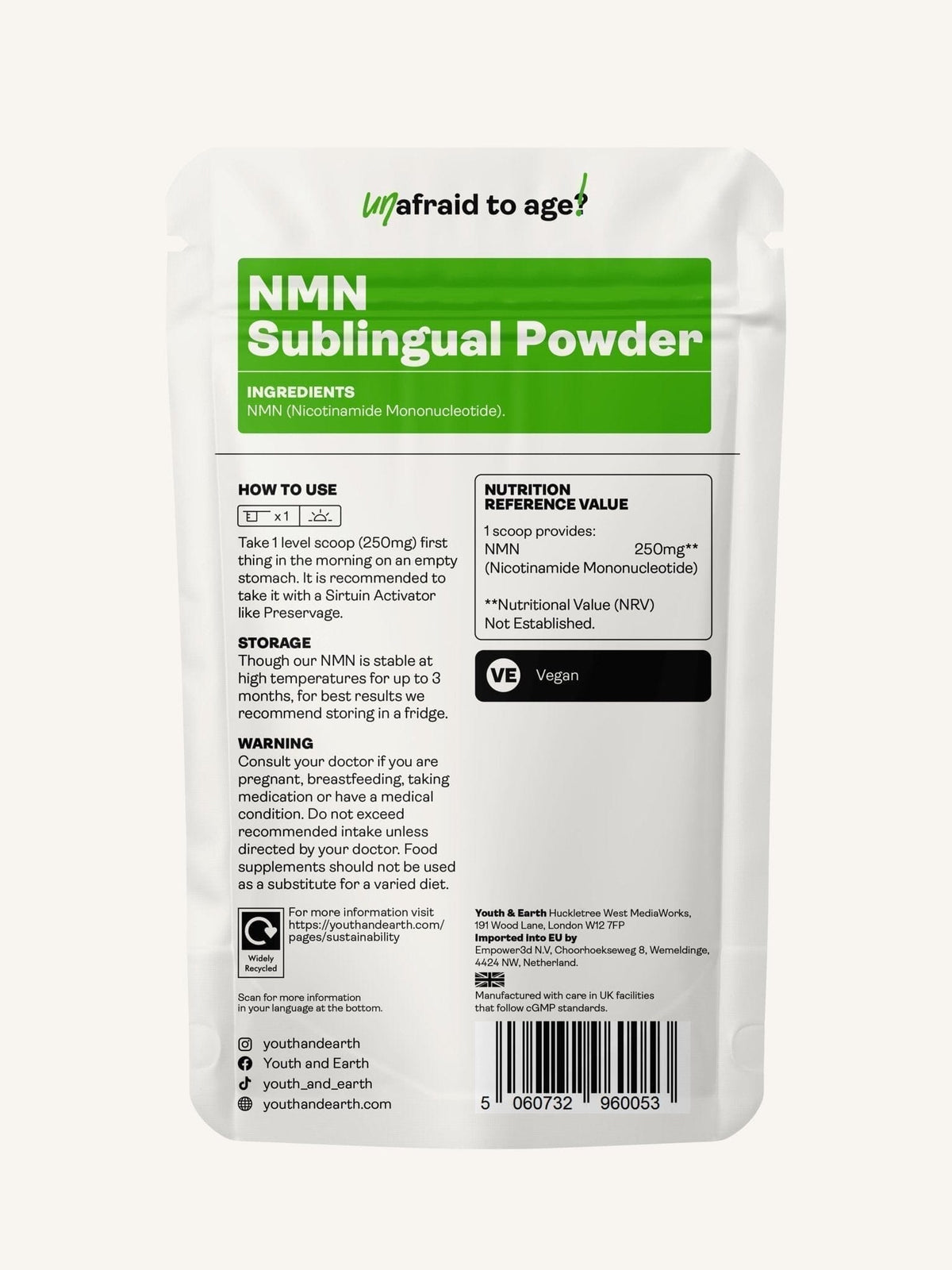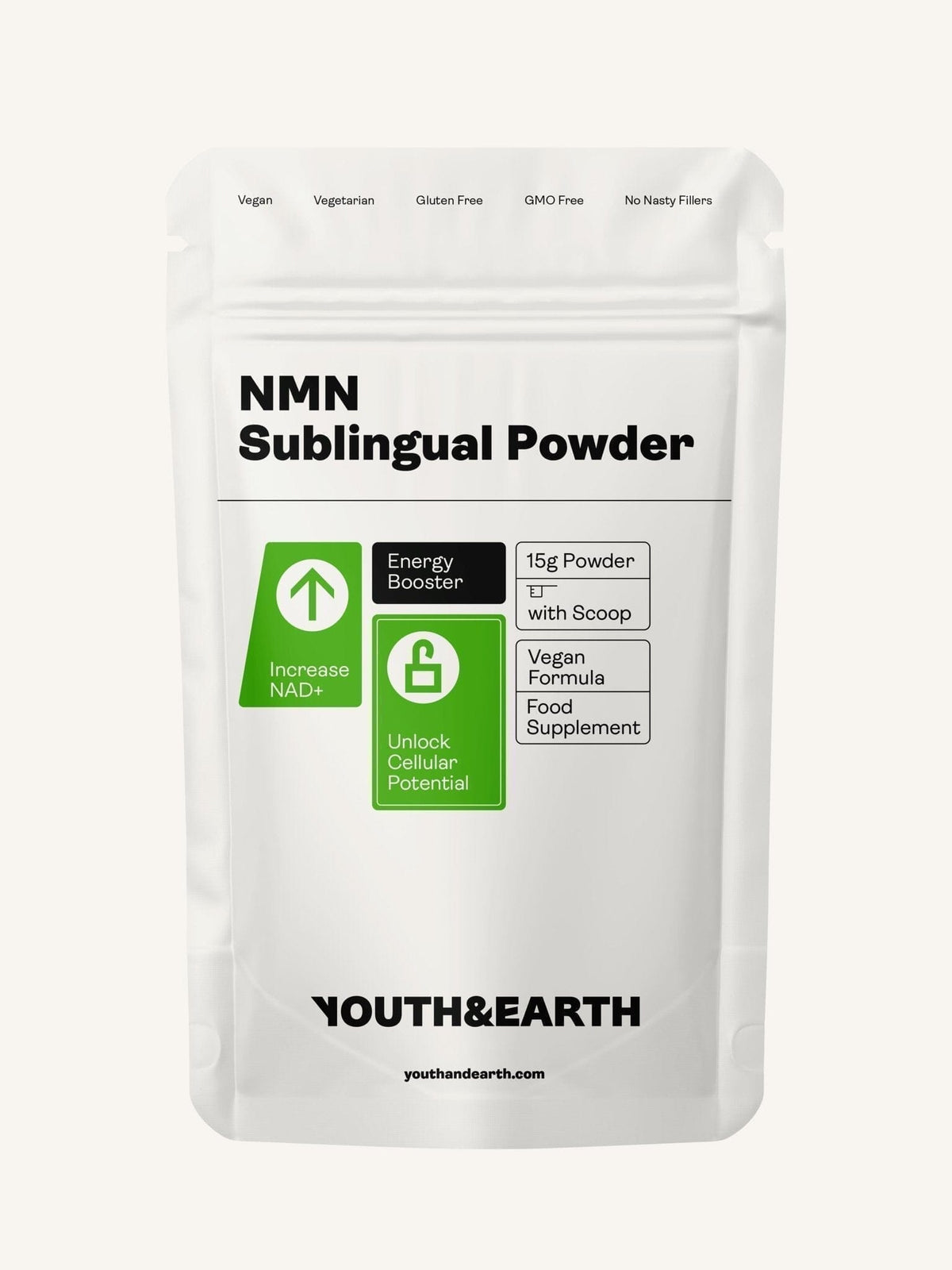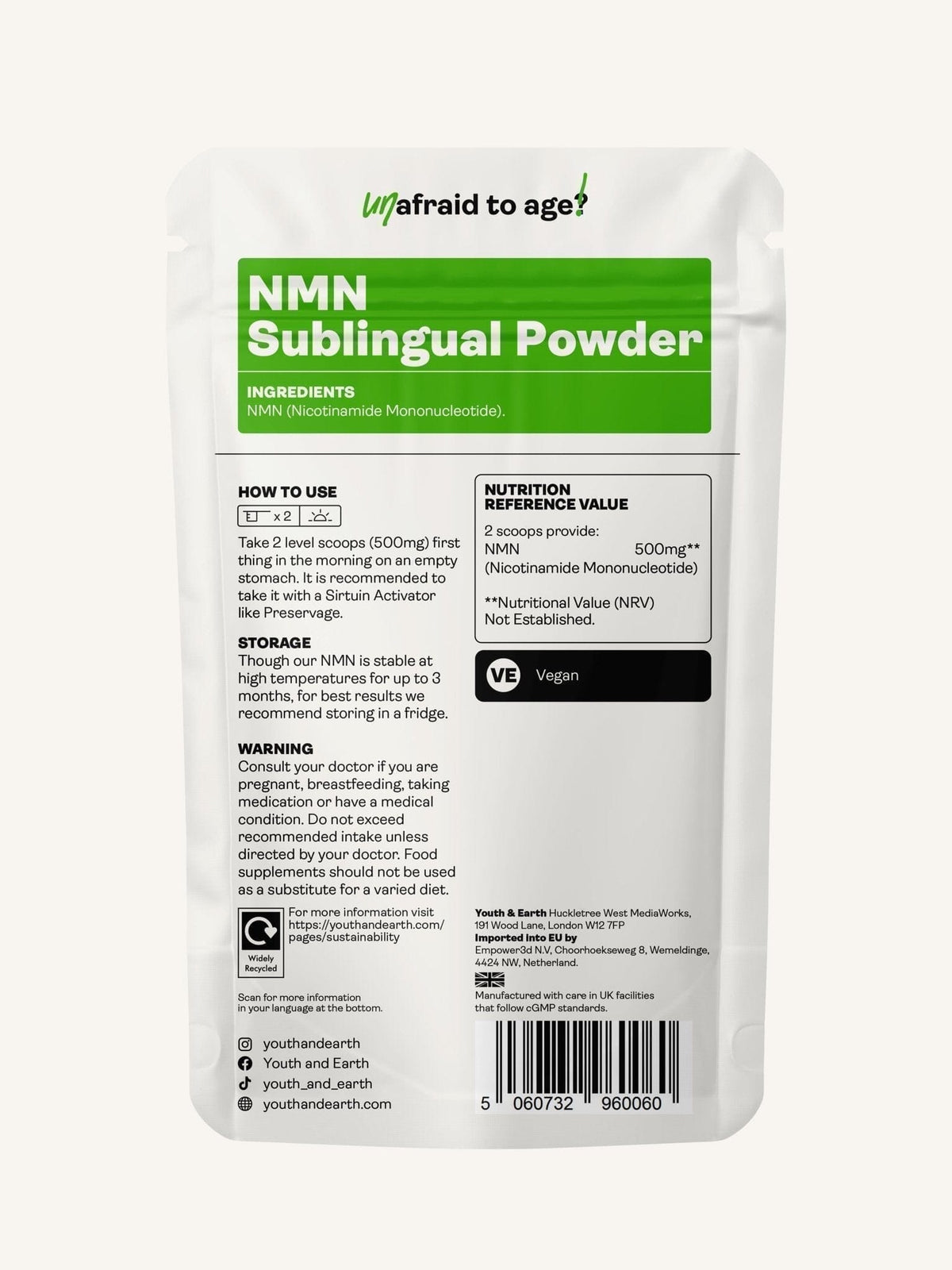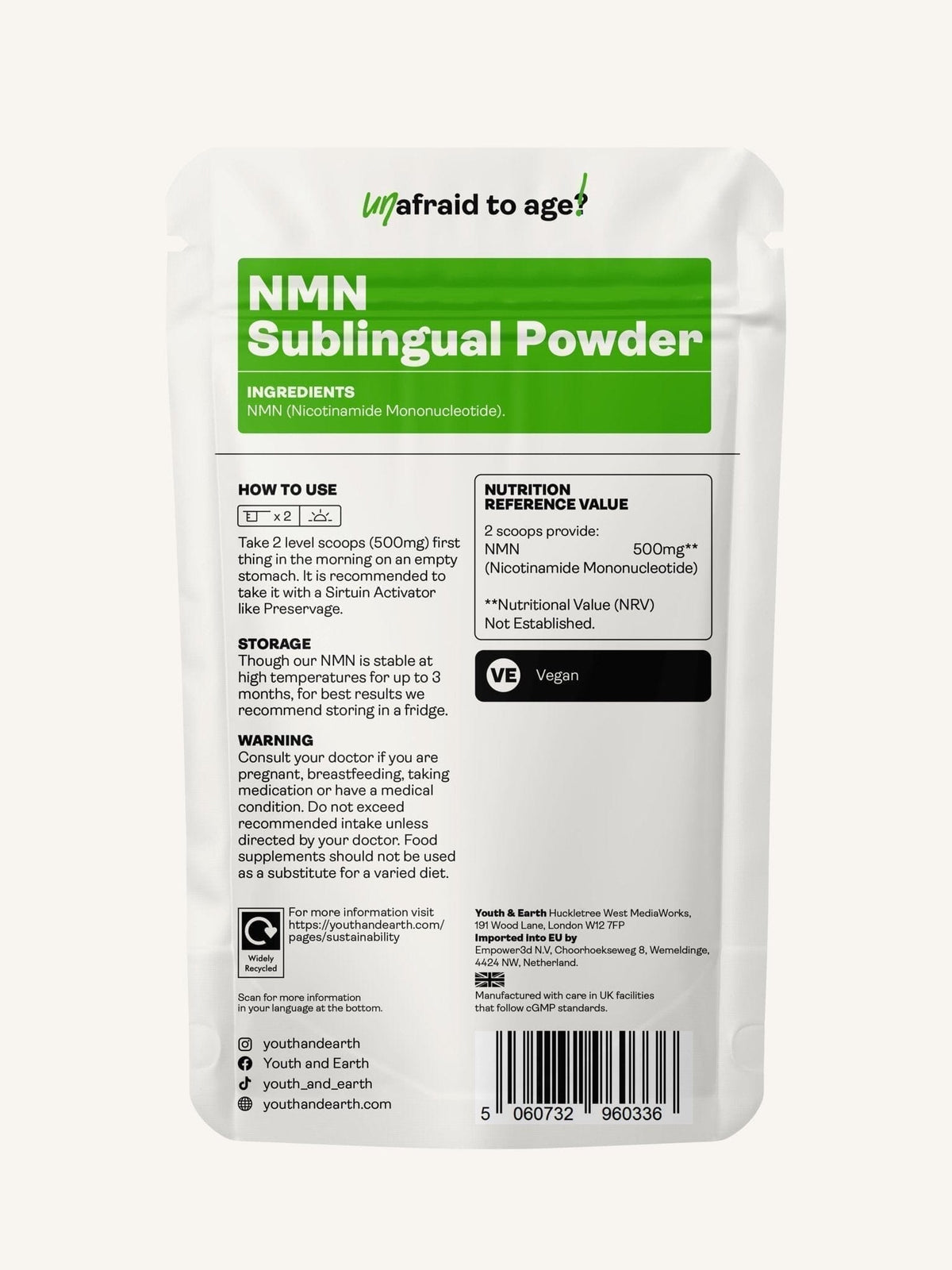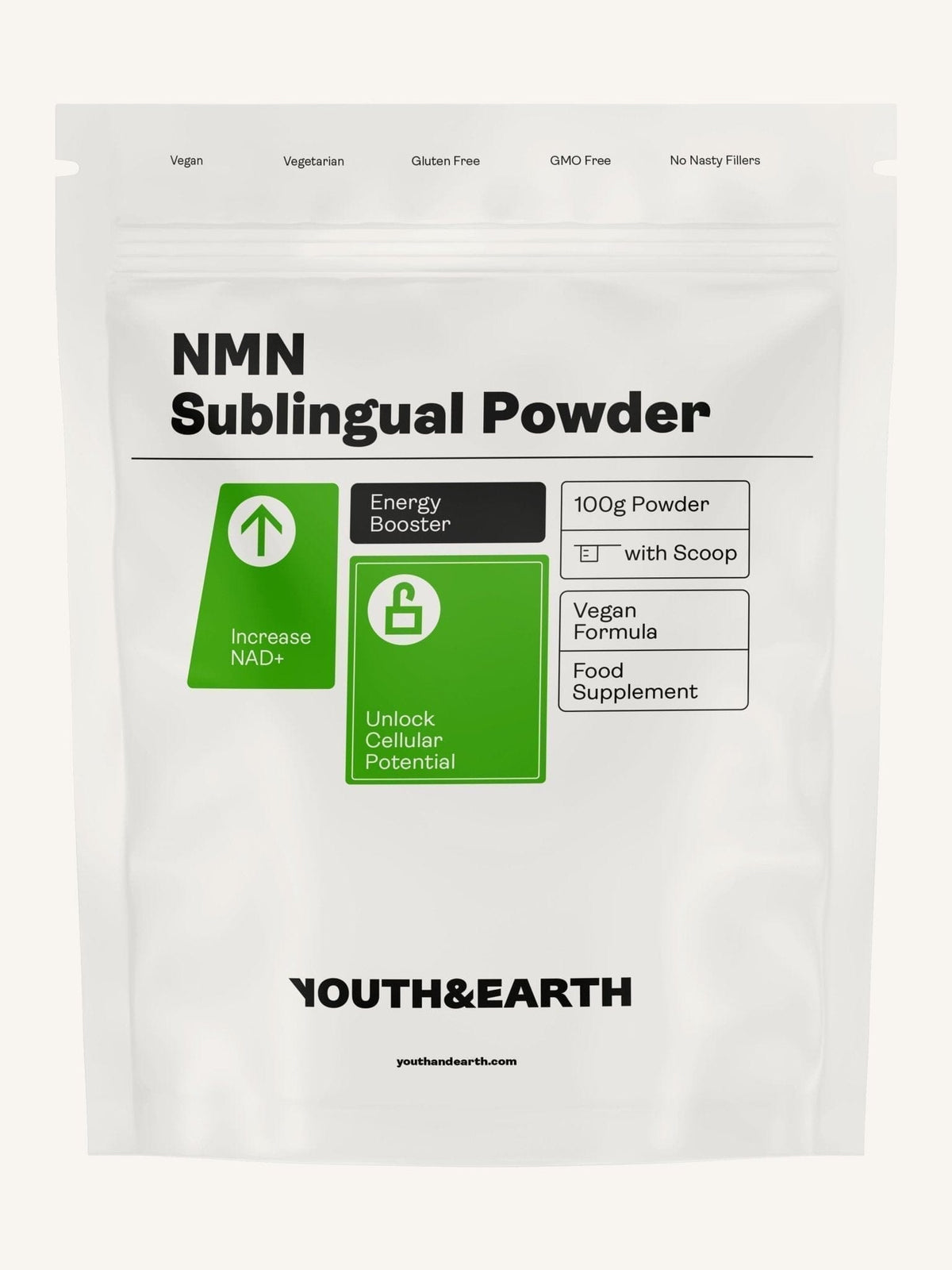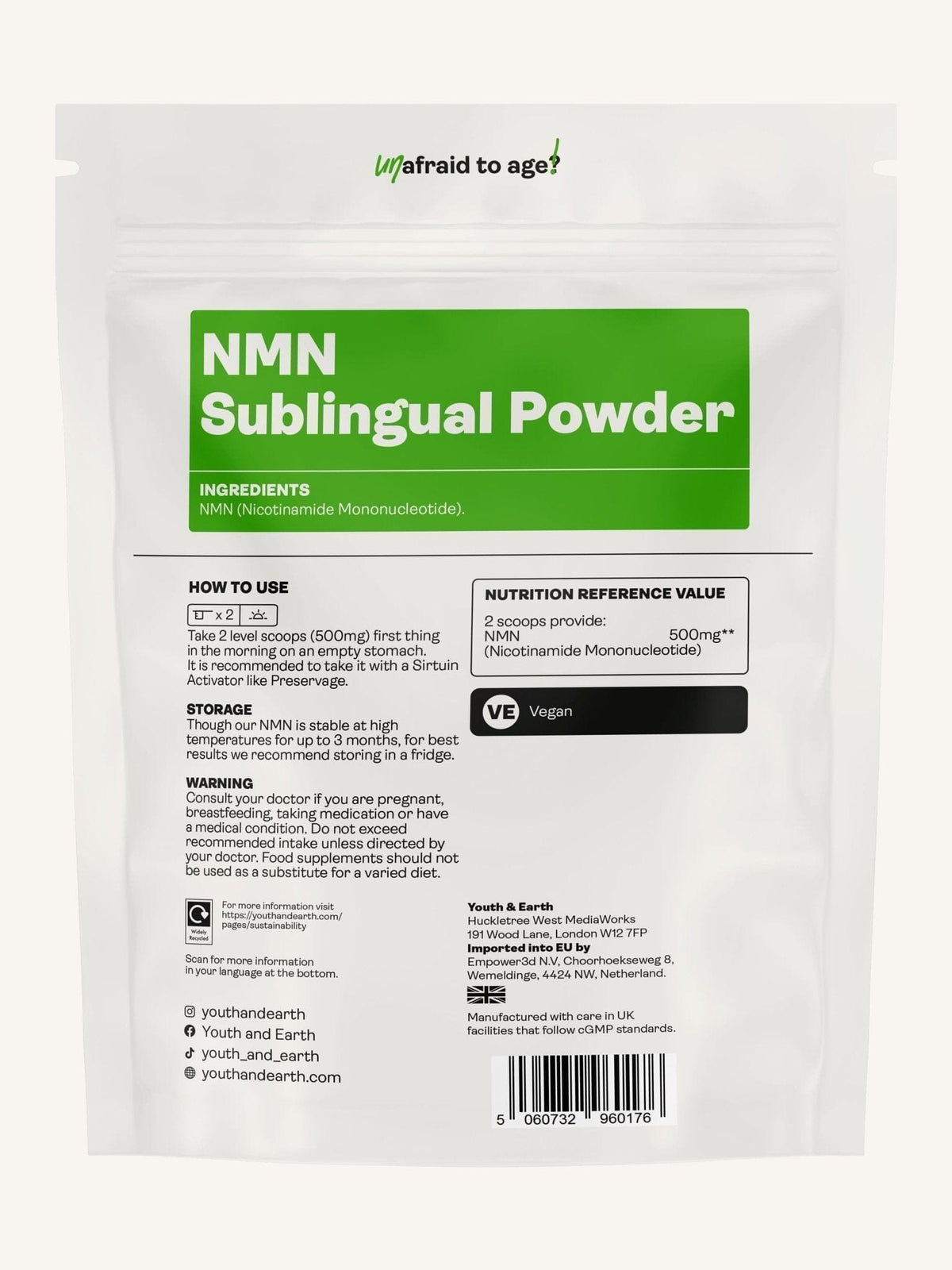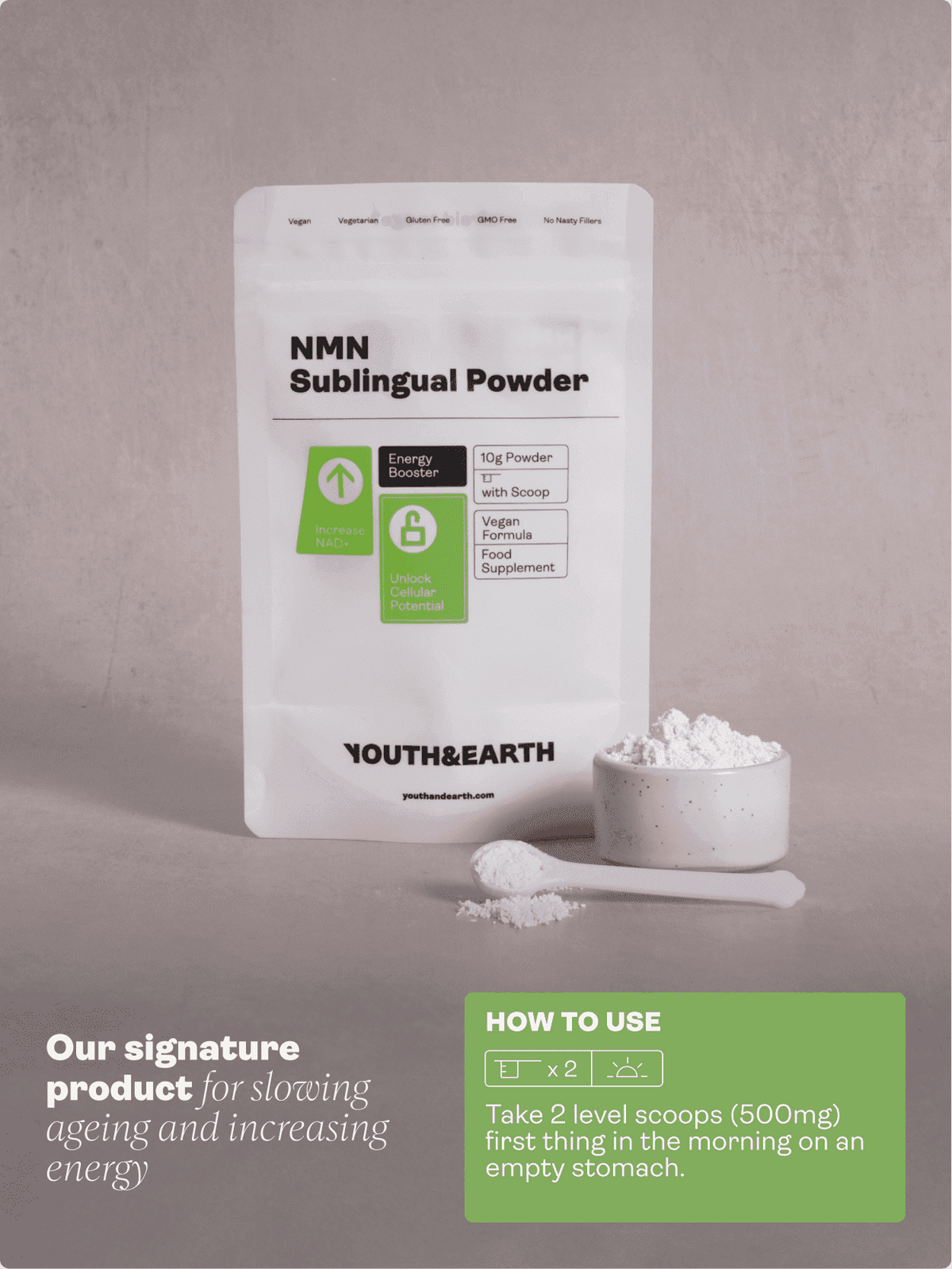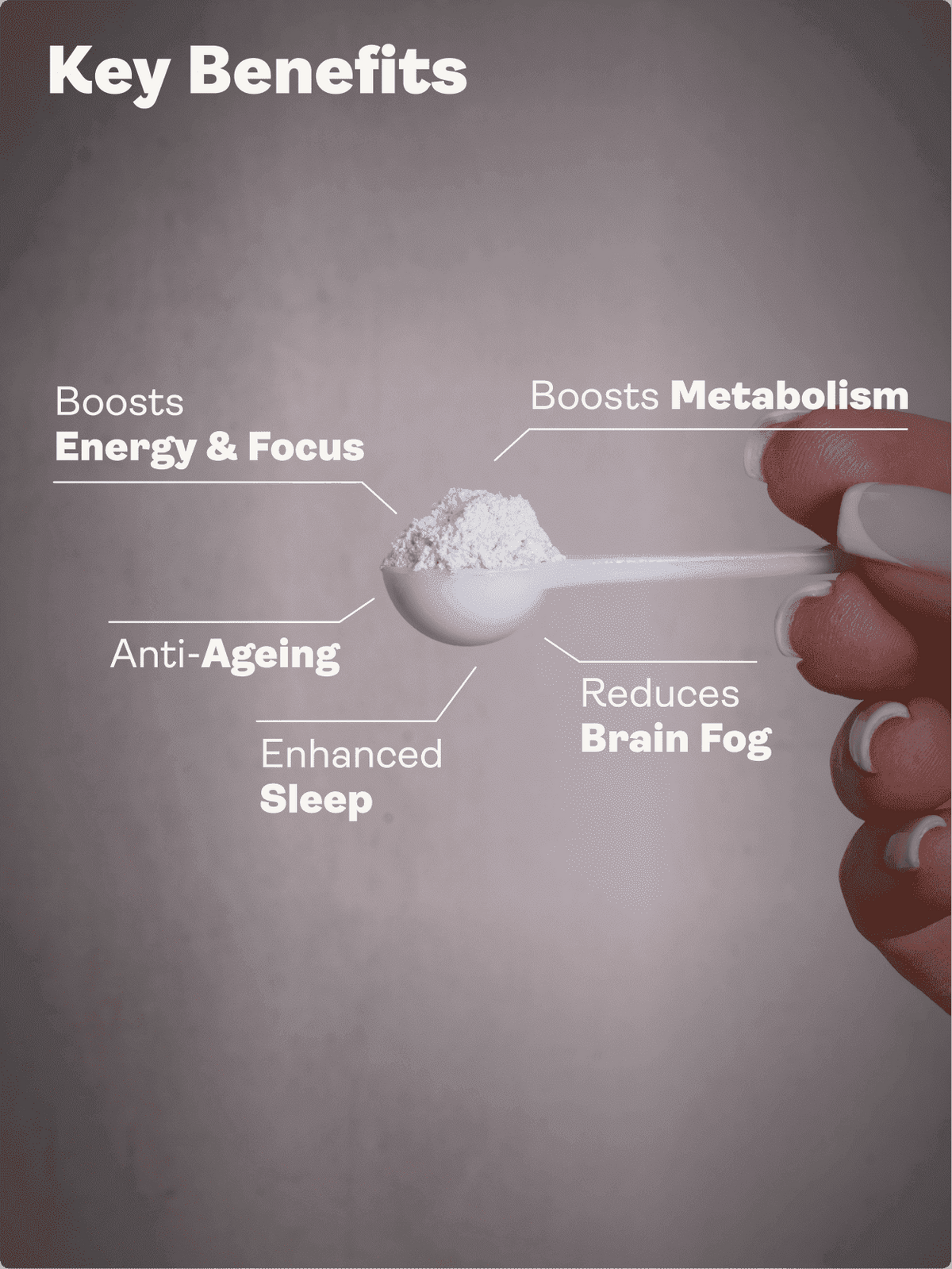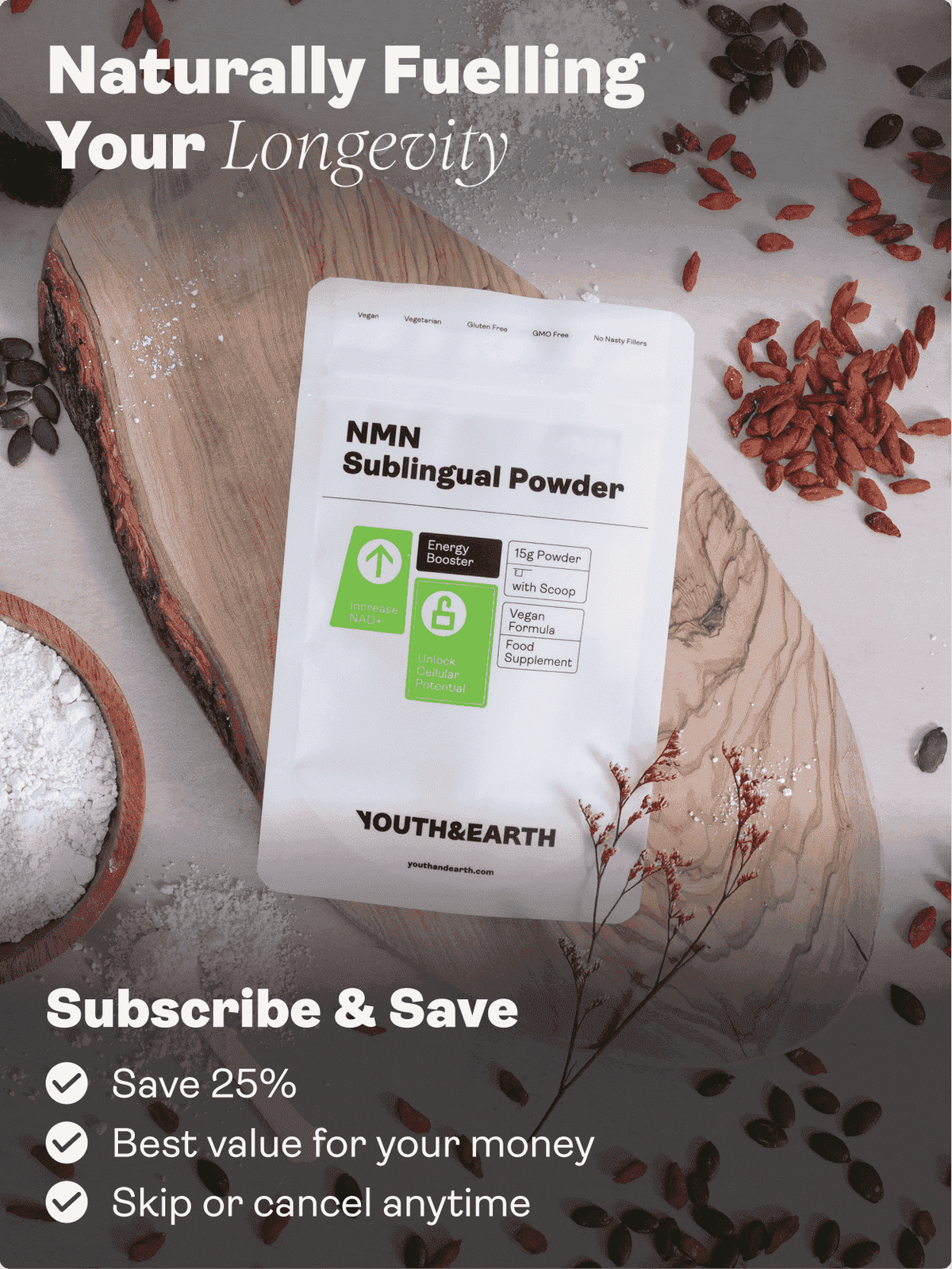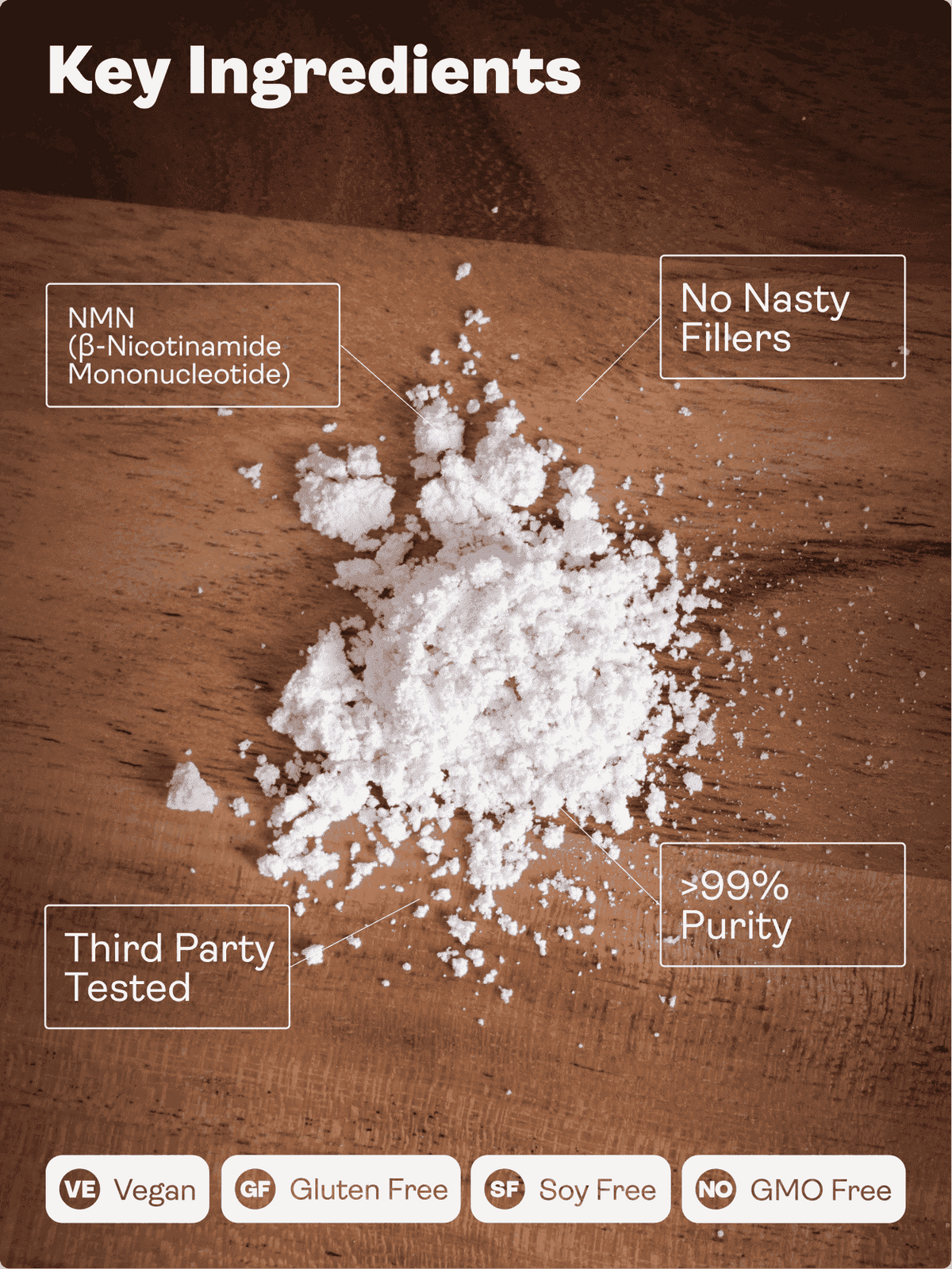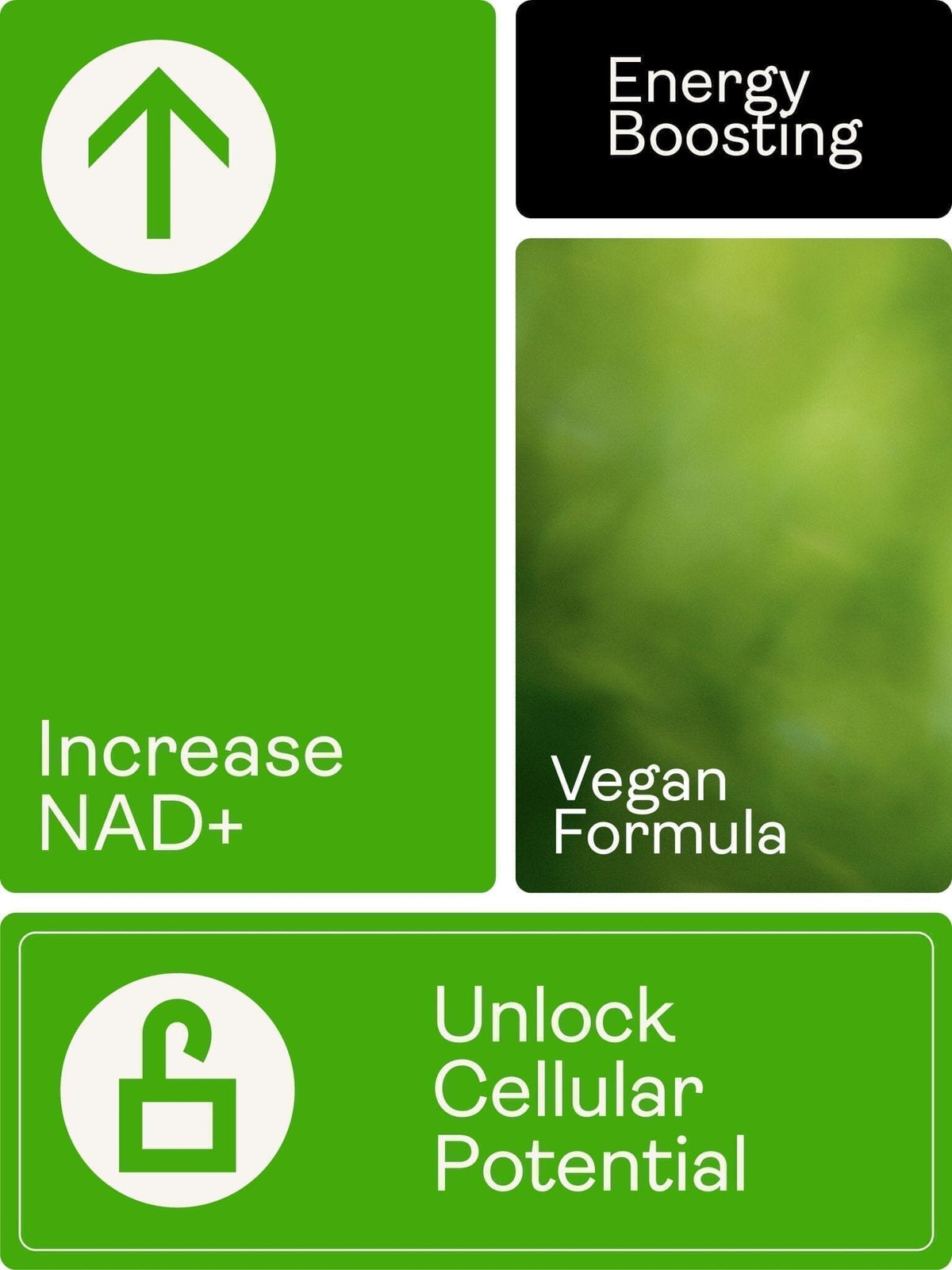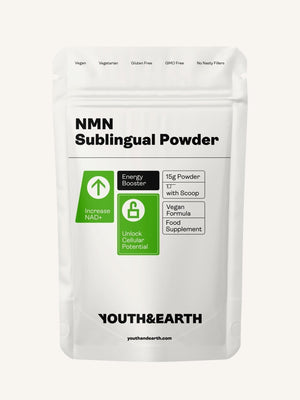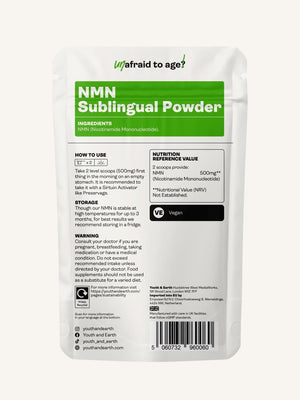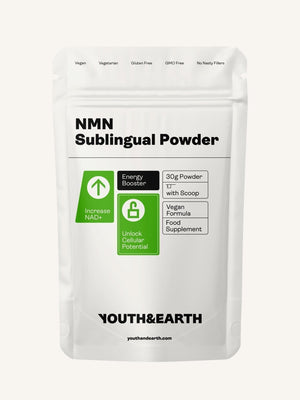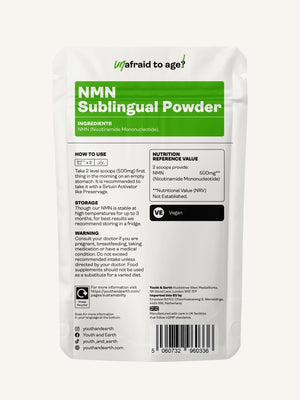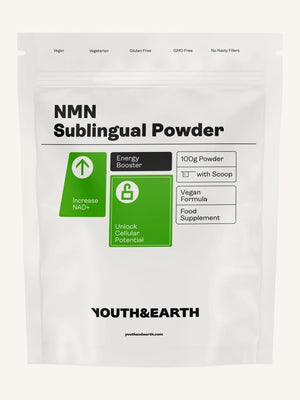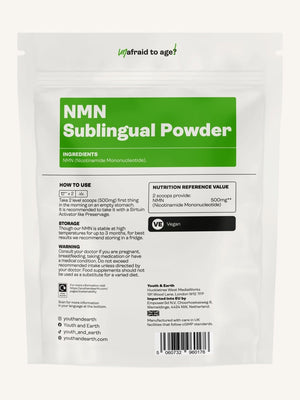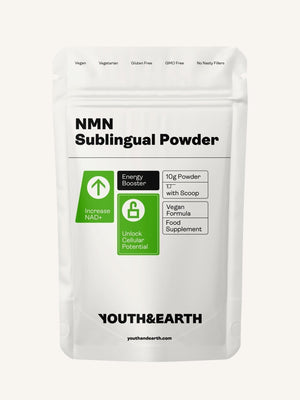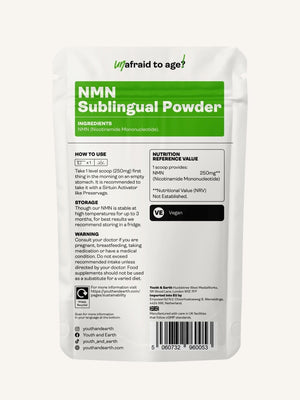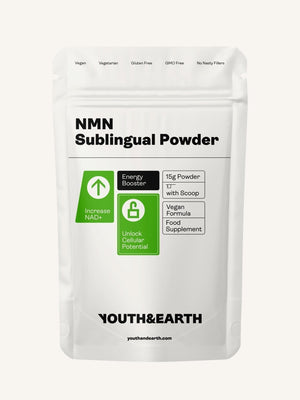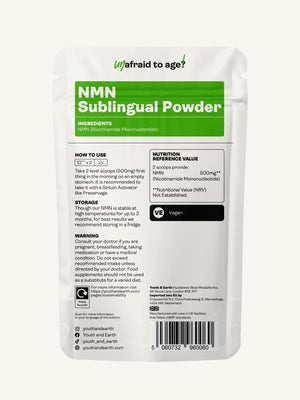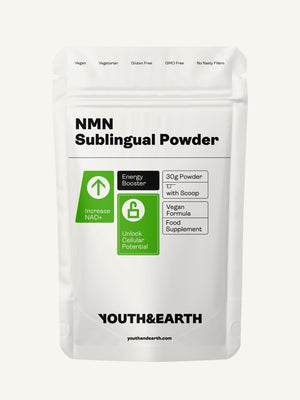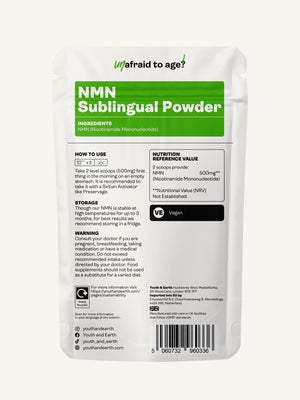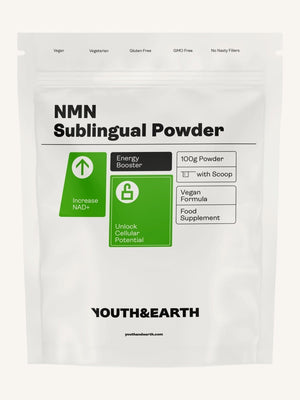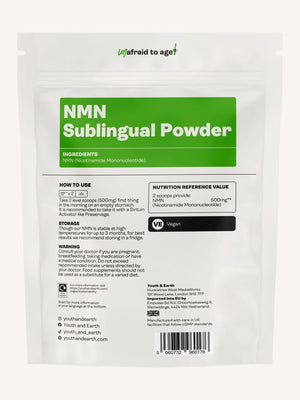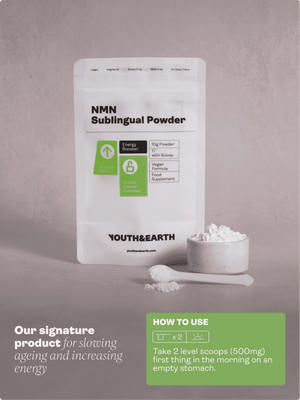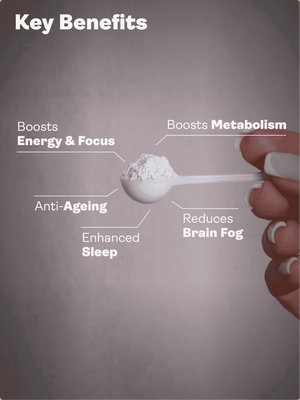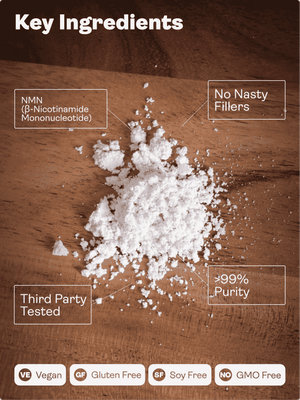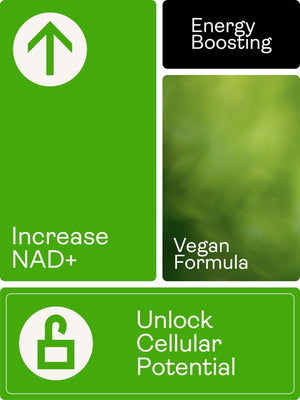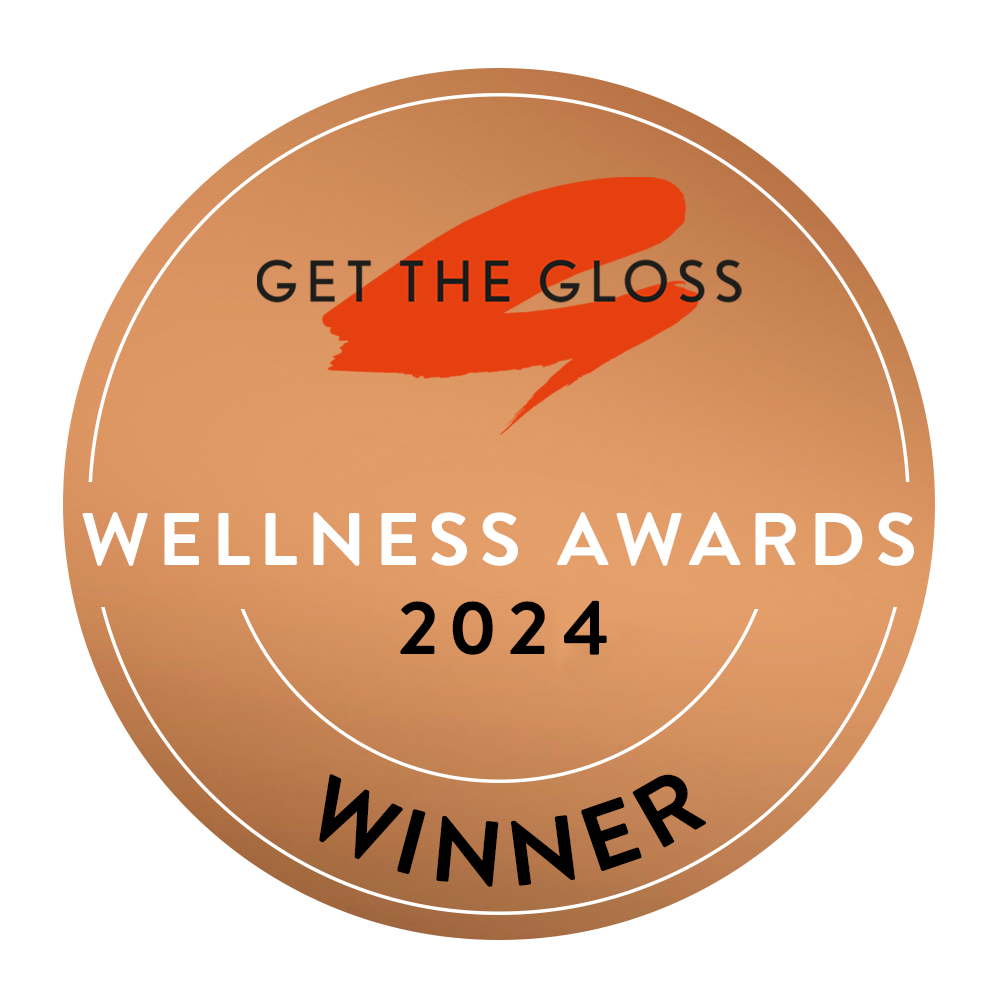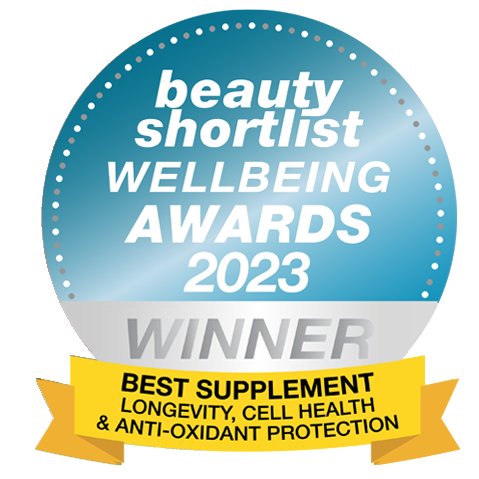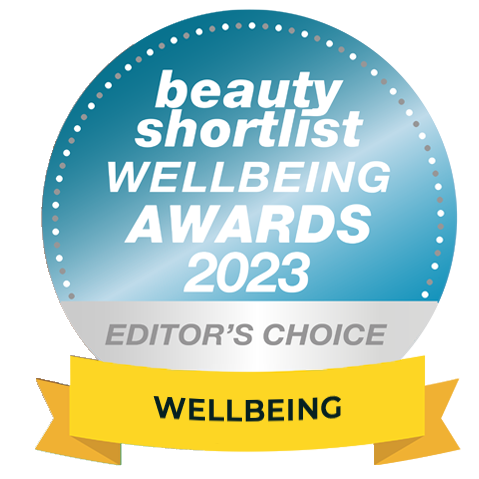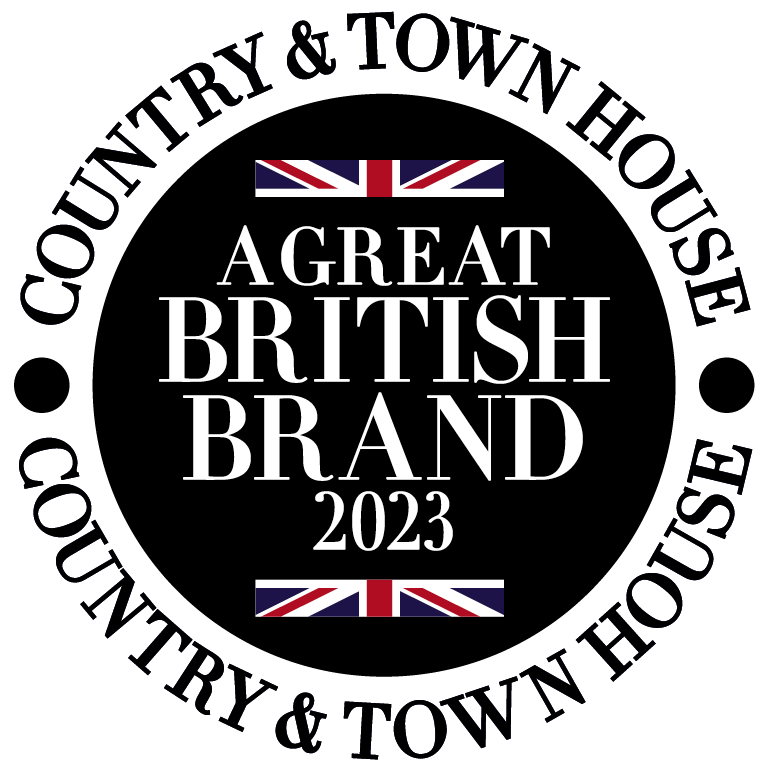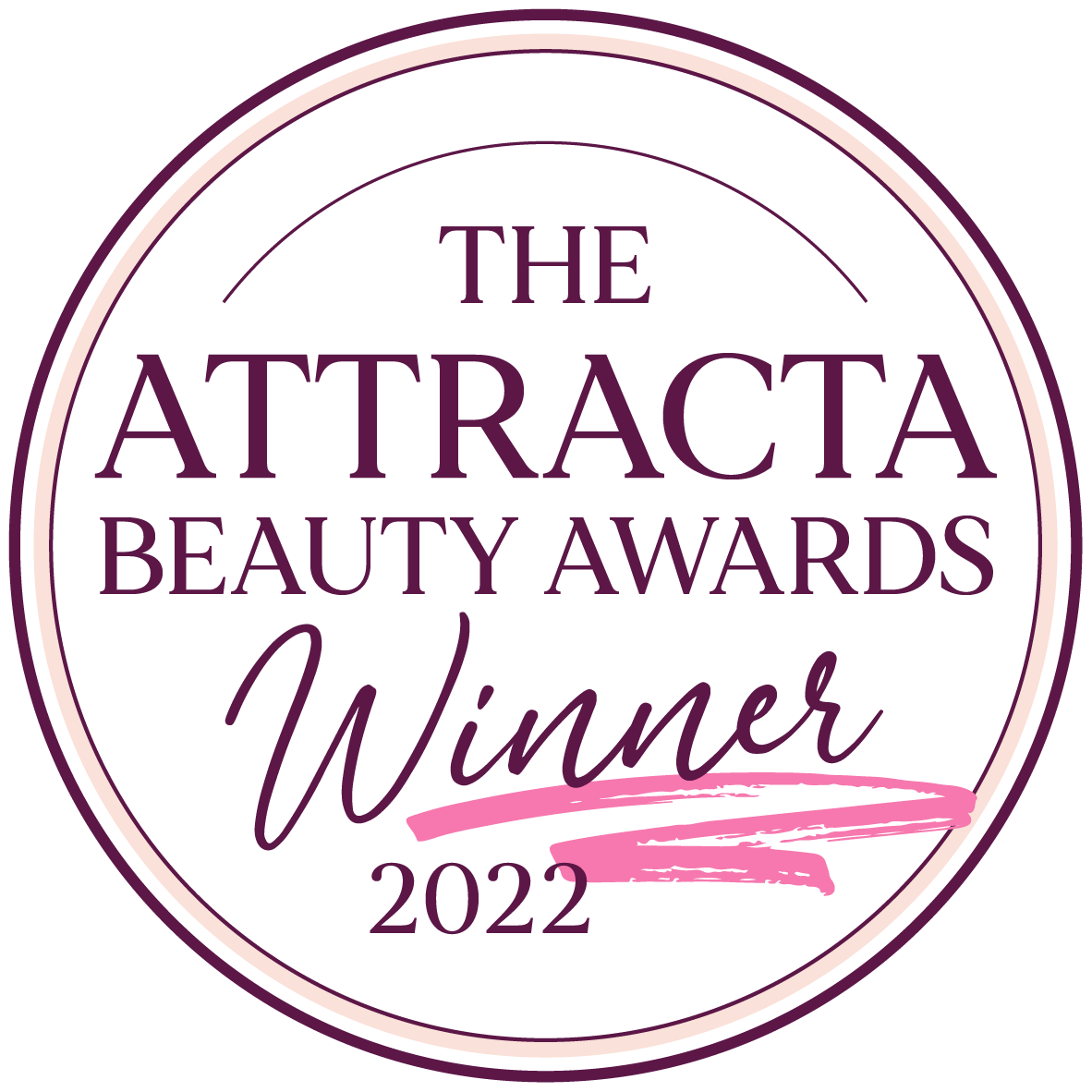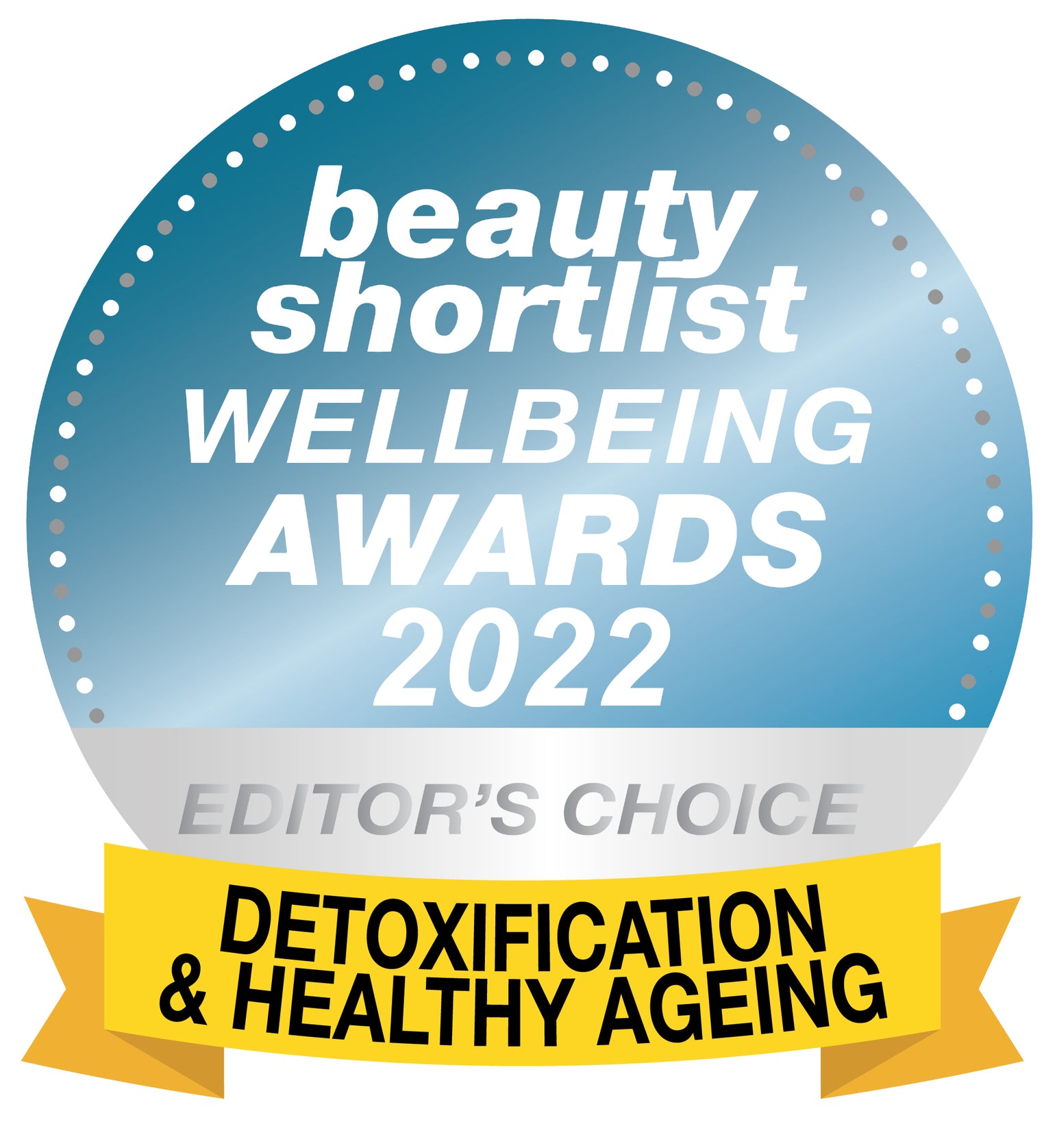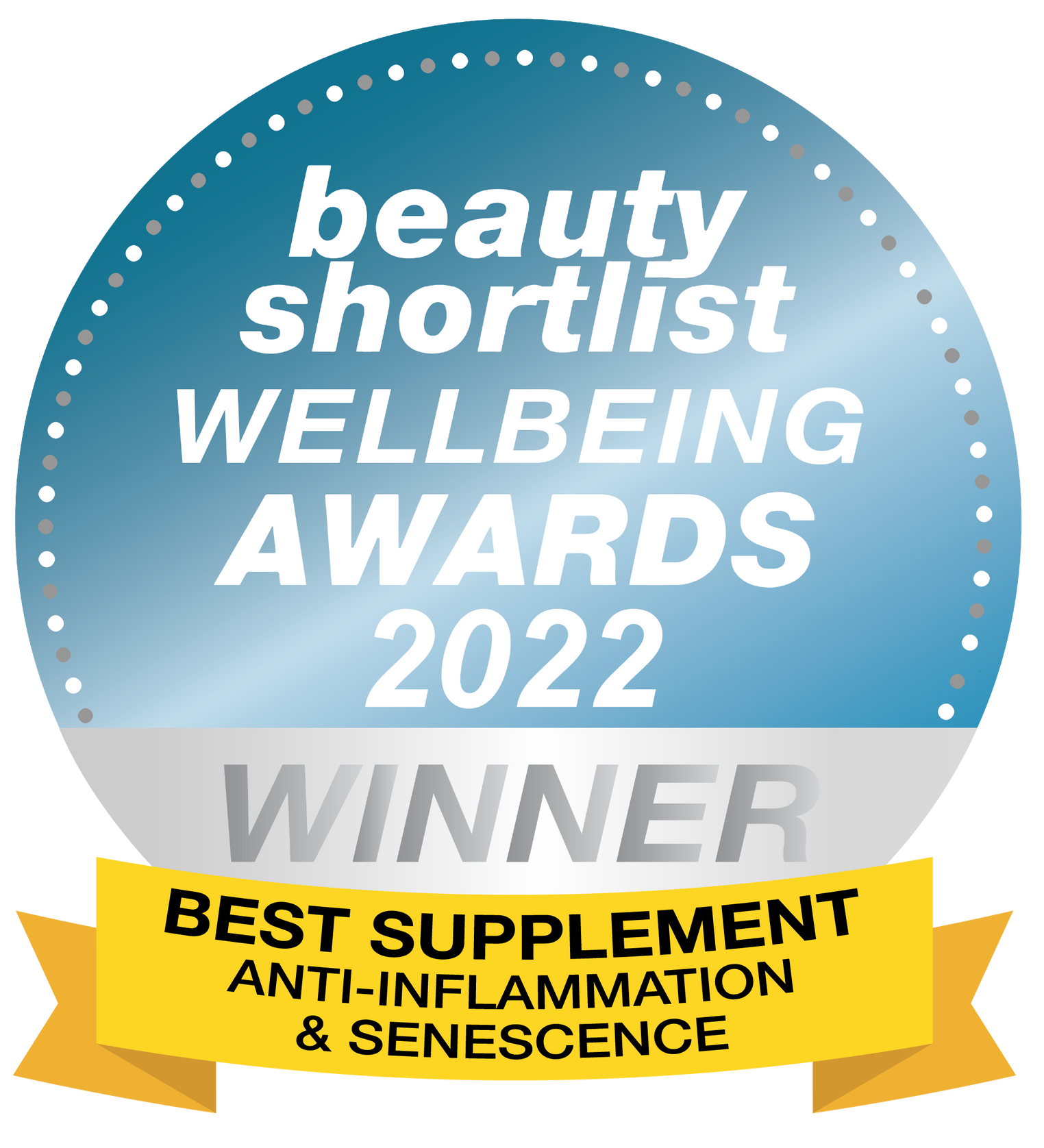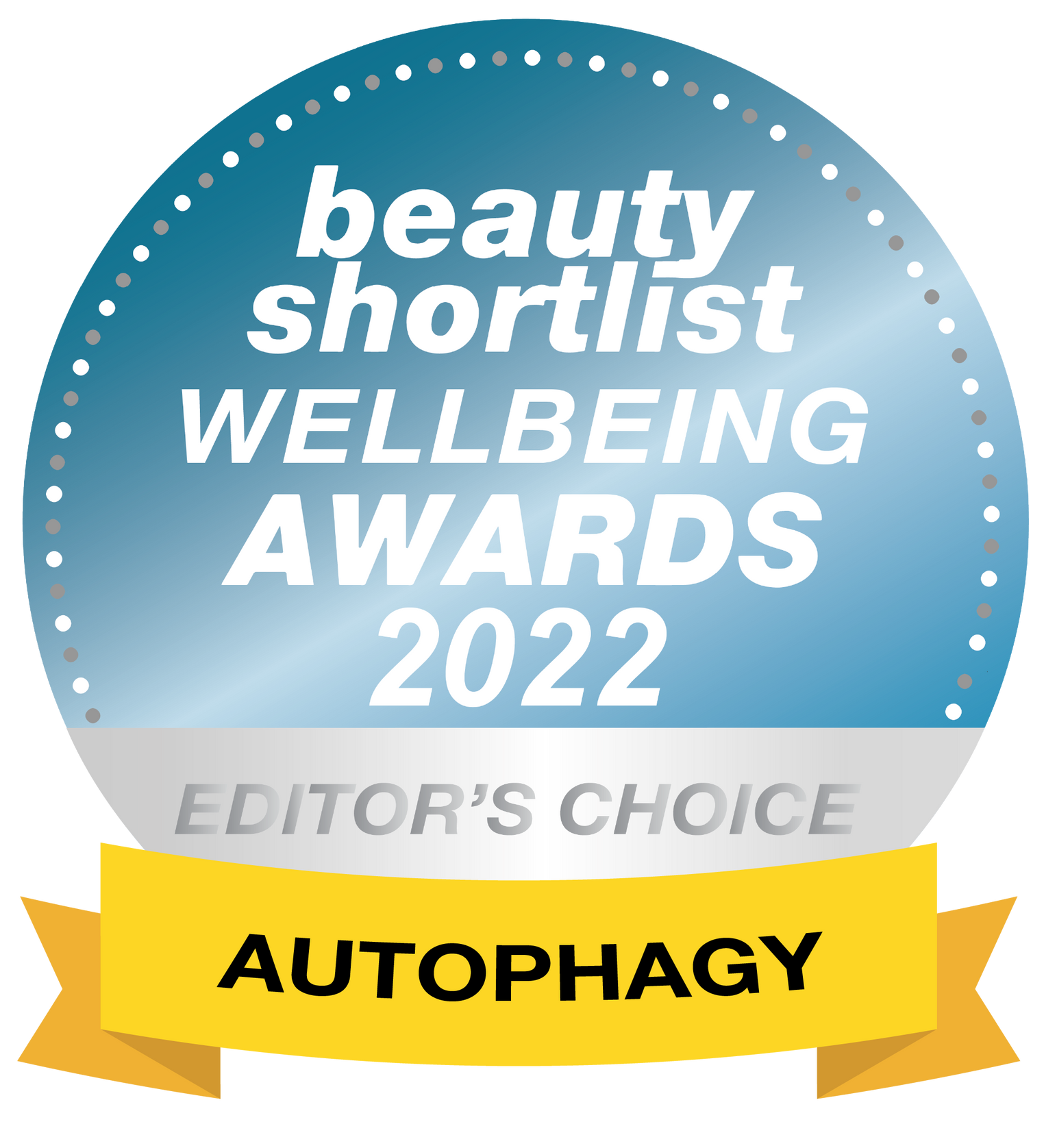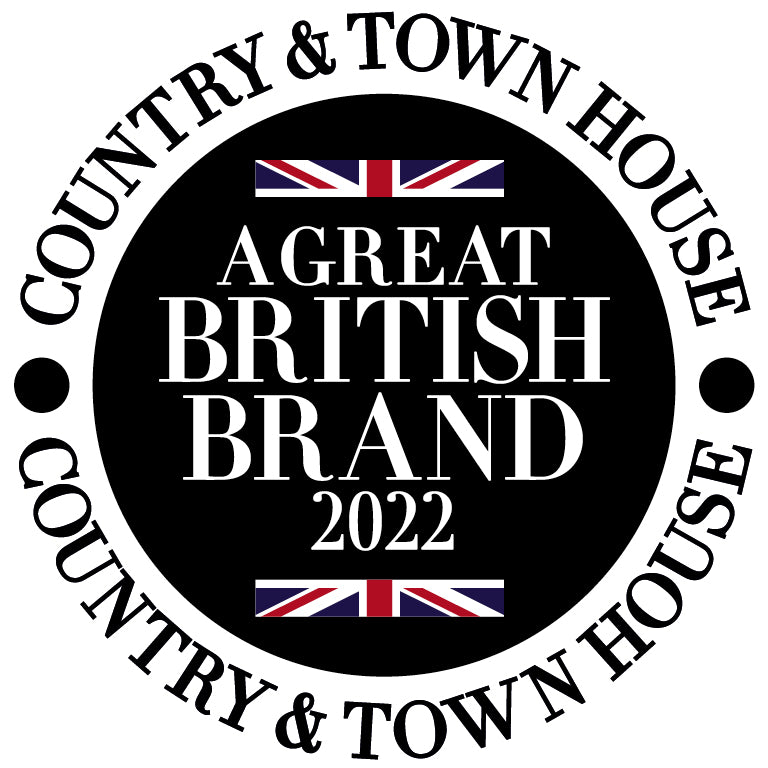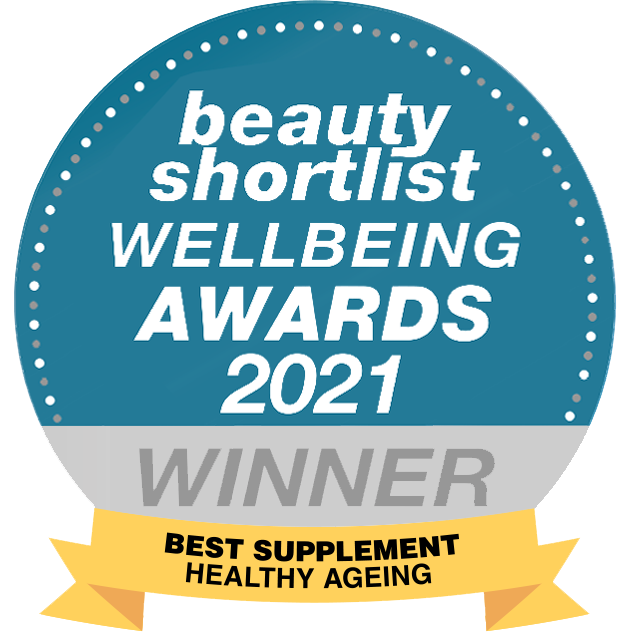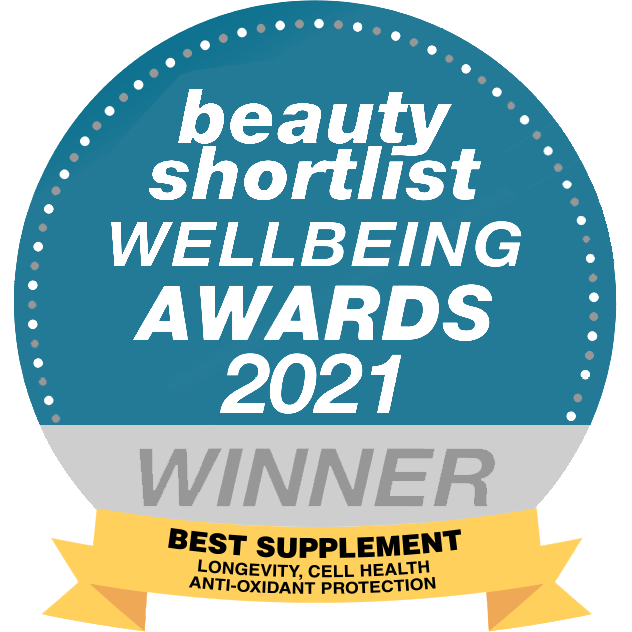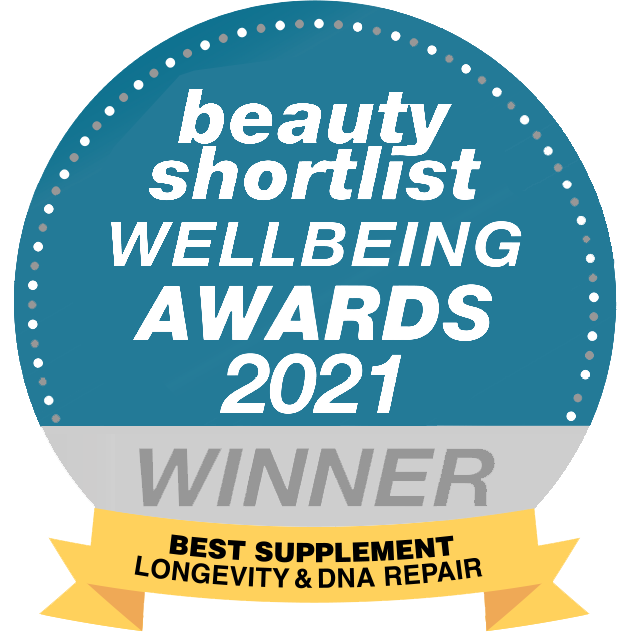If you’ve been reading up on longevity, you’ve probably heard about NR and NMN that are precursors to NAD+. But what is a precursor? Find out more about precursors and why they are important.
Precursor - What is it?
Precursors are inactive chemicals that can be transformed into other active compounds such as vitamins, hormones, or enzymes. They are the substance that needs to “run before” another one can be produced in a chemical reaction.
Another way to view precursors is a bit like the ingredients to a cake. Usually, to make a cake you need some form of wet and dry ingredients. If you don’t have dry ingredients, like flour, no matter what you try, you won’t have a cake.
A good example of this is in our bodies is cholesterol. Despite the general misconception that cholesterol is “bad,” your body needs this substance to make testosterone — cholesterol is the building block for testosterone.
In men, testosterone is made from cholesterol in the testicular Leydig cell and is an essential precursor to all steroid hormones.
Perhaps more well-known precursors are the ones used to make vitamins. We all know carrots contain vitamin A, but that’s not quite right. Carrots contain beta-carotene which is a precursor or building block to vitamin A.
Which Vitamins have Precursors and Why Are They Important?
There are a number of vitamins that need precursors in order to be used by the body. Here are a few of the more common ones.
Vitamin A — beta-carotene
Beta-carotene is a pigment that gives carrots and yellow veggies their orange color. It’s also found in animal sources such as fortified milk, butter, cheese, margarine, eggs, and liver. Your body turns beta-carotene into vitamin A.
Vitamin A is a fat-soluble vitamin that is essential for eye health, cellular health, and the maintenance and health of every organ in our bodies.
Vitamin E — alpha-tocopherol
Vitamin E is another fat-soluble vitamin, but the only form that the human body uses is alpha-tocopherol. Vitamin E is found in nuts, seeds, fruits, vegetables, and plant-based oils.
Vitamin E is a powerful antioxidant that helps prevent cell damage caused by oxidation.
Vitamin D — 7-dehydrocholesterol
The molecule, 7-dehydrocholesterol, is a precursor to vitamin D which is uniquely generated in the skin of mammals. The vitamin is formed in the body when the precursor absorbs light energy.
Adequate sunlight exposure reduces the use of supplementation for the vitamin, that said, other sources of vitamin D include egg yolks, liver, and fortified margarine.
Vitamin D helps in the proper absorption of calcium, which is needed for good bone formation. For more on vitamin D, you might like to read Why Vitamin D3 (Cholecalciferol) Can Increase Longevity
Niacin (vitamin B3) - Tryptophan
Niacin, known as vitamin B3, is a water-soluble vitamin. It’s found in many foods and fortified products. The body converts the amino acid tryptophan into niacin.
Tryptophan can be found in eggs, chicken, cheese, milk, fish, pumpkin and sesame seeds, chocolate, tofu, and soy.
The body uses vitamin B3 for many functions in the digestive and nervous system, and the skin. It also plays an important role in converting proteins, fats, and carbohydrates into energy and prevents Pellagra.
Vitamin D and tryptophan are both found in eggs. By having eggs for breakfast, you can make sure that your body gets in these essential precursors plus other health-building nutrients.
For more on niacin, read What is Nicotinamide Riboside (NR), and Can It Increase Longevity?
Precursors are not only essential in the activation of some vitamins, but they also influence pathways that affect the aging process.
Top Anti-Aging Precursors
Aging can be defined as the time-related deterioration of physiological functions needed for survival and fertility. This is the process we would like to slow and here are some of the precursors that help us do exactly that.
Anti-aging precursors #1 — NR and NMN
There’s a vital coenzyme found in every cell of our bodies known as NAD+ (nicotinamide adenine dinucleotide). This molecule is involved in various metabolic processes such as producing cellular energy, supporting cellular respiration, and mitochondrial function. However, its levels decline as we age.
The body naturally produces NAD+ from its precursors that are usually found in the diet. Here are the four known precursors to NAD+:
- NR (Nicotinamide riboside) - A form of vitamin B3.
- NMN (Nicotinamide mononucleotide) - This molecule is the step between NR and NAD+. In other words, NR is formed into NMN before it becomes NAD+.
- NA (Nicotinic acid) - Also known as niacin or vitamin B3.
- Nicotinamide (Nam) - Also known as niacinamide, is another form of vitamin B3.
Interesting fact: Niacin (often used as the general term for forms of vitamin B3) was originally called nicotinic acid. It was discovered by scientists who were studying tobacco (nicotine). To differentiate it from nicotine, they changed the name to niacin. The same applies to nicotinamide being changed to niacinamide.
NR is at the top due to its efficiency in transforming into NAD+. Its efficiency is linked to its small molecular size which allows it to enter cells easily. The ease of the molecule to enter the cells is also enhanced by the pathway it takes.
Next, we have NMN. It has a bigger molecular size compared to NR but also a relevant precursor to boost NAD+ levels. NMN enters most cells by transforming to NR, then back to NMN, and finally becomes NAD+. Some research has revealed NMN can be utilized in the intestines without having to be turned to NR.
Niacin is converted into NAD+ via a different pathway and needs tryptophan to become NAD+. Too much NA is known to cause flushing which is why the above two precursors are preferred.
Niacinamide is also converted into NAD and follows the same pathway as NR but does not follow through all the steps to form NAD+ which is why NR is more effective.
As you can see, the above precursors all come from vitamin B3 that’s found in food sources such as chicken, turkey, fish, beef, pork, mushrooms, peanuts, brown rice, green peas, and avos.
However, it’s not always easy to gauge if you are getting enough vitamin B3 for your body to use to convert into NAD+. Plus, with age, levels of NAD+ tend to decrease. This is where taking a precursor such as NR or NMN is very useful.
To find out more about NMN and NR, you might like to read: NAD+ and Aging - How to Boost Your NAD+ Levels Naturally
Anti-aging precursor #2 - Tyrosine
The amino acid tyrosine is the precursor that’s used to synthesize vitamin Q10 or Coenzyme Q10 (CoQ10), a “super-vitamin” that is produced naturally in our bodies. Also known as ubiquinone, CoQ10 supplementation helps increase body energy production in the form of ATP and is linked with treating muscular dystrophy, cardiomyopathy, and periodontal diseases.
It’s also an antioxidant found in every cell of our body with the highest concentrations in the liver, kidneys, and pancreas.
The body biosynthesizes CoQ10 from the anti-aging precursor tyrosine through eight aromatic precursors. These precursors need 8 essential vitamins which are pantothenic acid, vitamin B6, C, B12, folic acid, niacin, and tetrahydrobiopterin as their coenzymes. Tyrosine is found in dairy products, red meat, fish, chicken, eggs, oats, nuts, and wheat.
Notably, CoQ10 levels decline as we age with its levels in a 70-year-old being 50% of a 20-year-old. Research has revealed that supplementing with the vitamin could enhance the health of older individuals.
For example, a 4-year study was conducted on 443 older adults supplementing with CoQ10 and selenium improved their quality of life, slowed deterioration of physical and mental performance, and reduced hospital visits.
Supplementing with CoQ10 also helps reduce oxidative stress, a condition characterized by the accumulation of free radicals that accelerate the aging process and initiate some age-related diseases.
Youth & Earth has a liposomal pharmaceutical-grade CoQ10 for sale. The liposomal form has a high bioavailability which allows your body to absorb more CoQ10 than traditional supplement forms.
You might also want to read How Coenzyme Q10 Can Boost Your Healthspan
Anti-aging precursors # 3 - Energy precursors
Molecules that play an important role in the formation of ATP (adenosine triphosphate) are known as energy precursors. ATP is an essential biochemical that’s needed from initiating an embryos first heartbeat, to helping in muscle movement, organ functions, and repairing damaged tissues as we mature. It’s the energy that powers every cell in our bodies.
It’s no wonder that longevity researchers are paying special attention to the makeup and function of this chemical. Another key point is that scientists have recorded diminishing levels of ATP as we age.
ATP’s function is central in the operation of the heart since the heart muscle is the organ that uses the most energy in the body. It also has the highest concentration of mitochondria and oxygen uptake rate. In effect, cardiologists using ATP for patients with heart failure has yielded good results and increased quality of life.
Additionally, cardiologist Stephen Sinatra in his book, Metabolic Cardiology reveals the profound results of using supplements to enhance ATP synthesis.
The increased ATP saw an increase in ejection fraction from between 10% - 20% to between 40% - 50%. The ejection fraction (EF) is a measurement of the contraction and force of the heart muscle. The EF is expressed as a percentage of the quantity of blood the heart pumps into the body with every contraction.
A good diet can go a long way in mitochondrial biogenesis and maintaining good ATP levels. But with advanced age or compromised health, dietary supplements provide an efficient solution in maintaining adequate ATP levels. Energy precursors include:
Other energy precursors include creatine, vitamin E, phosphate, and magnesium.
Conclusion
Our bodies are complex and designed perfectly. For certain processes to take place, it needs precursors that can be converted into other substances like vitamins and even ATP. By eating a healthy diet that is nutritionally sound for your age and level of activity and by exercising regularly, you can give your body everything it needs to function optimally. Of course, supplementing wisely with natural supplements that are designed to target the aging process at a cellular level, will be the “cherry on top” to helping you perform at your best and enjoy life to the full.
“To keep the body in good health is a duty, otherwise we shall not be able to keep our mind strong and clear. ”
— Buddha
The content of this article is for informational purposes only. It’s not intended to be a substitute for professional medical advice, diagnosis, or treatment. Always seek the advice of your physician or health provider before starting a new health regime or program. Do not ignore medical advice or delay seeking it because of something you’ve read on this site or any Youth & Earth product.


